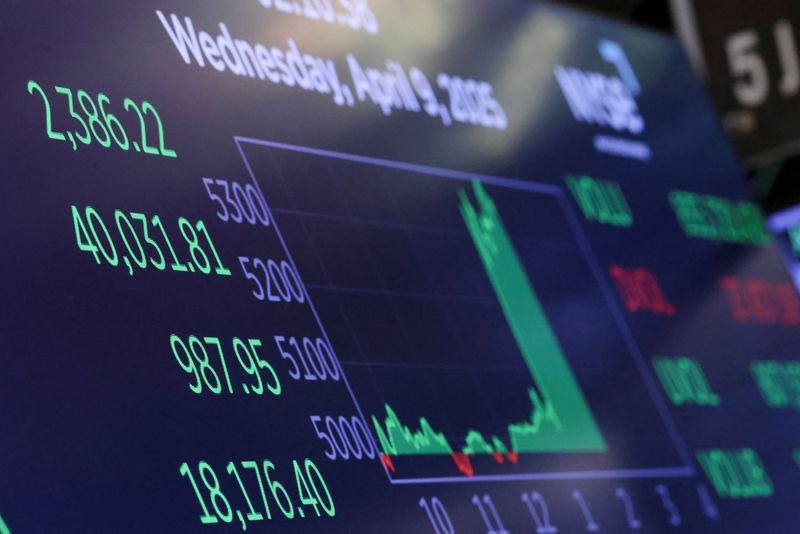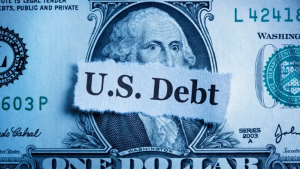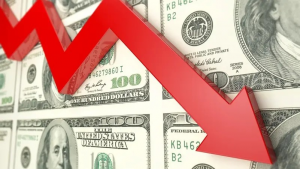The central bank of the Philippines (BSP) has resumed its monetary easing cycle, reducing its policy rate by 25 basis points to 5.50%.
This decision was announced on Thursday, and was accurately predicted by 20 out of 23 analysts. The central bank’s communications have highlighted the potential economic impact of US trade policy as a significant factor in this decision.
In a press conference, the Governor of the BSP noted that the risks to economic growth have increased due to US trade policy. This situation has justified a shift towards a more "accommodative" monetary policy stance and signals that further monetary easing is expected in the future.
Despite a temporary reprieve on reciprocal tariffs provided by President Trump yesterday, the imposed 10% universal tariff and the uncertainty caused by sudden shifts in US trade policy are likely to impact the demand for the country’s exports.
The Governor also noted during the press conference that the ongoing easing in inflationary pressures provides the central bank with ample room to further loosen policy. In March, headline inflation fell below the BSP’s 2-4% target range, mainly due to a further fall in rice prices.
Capital Economics, a financial analysis firm, expects a combination of easing food price inflation and lower transport price inflation to keep inflation under control in the coming months.
As a result, Capital Economics predicts that the central bank will further cut interest rates this year. Their forecast includes a further easing of 75 basis points in 2025, a more dovish stance than the consensus.













